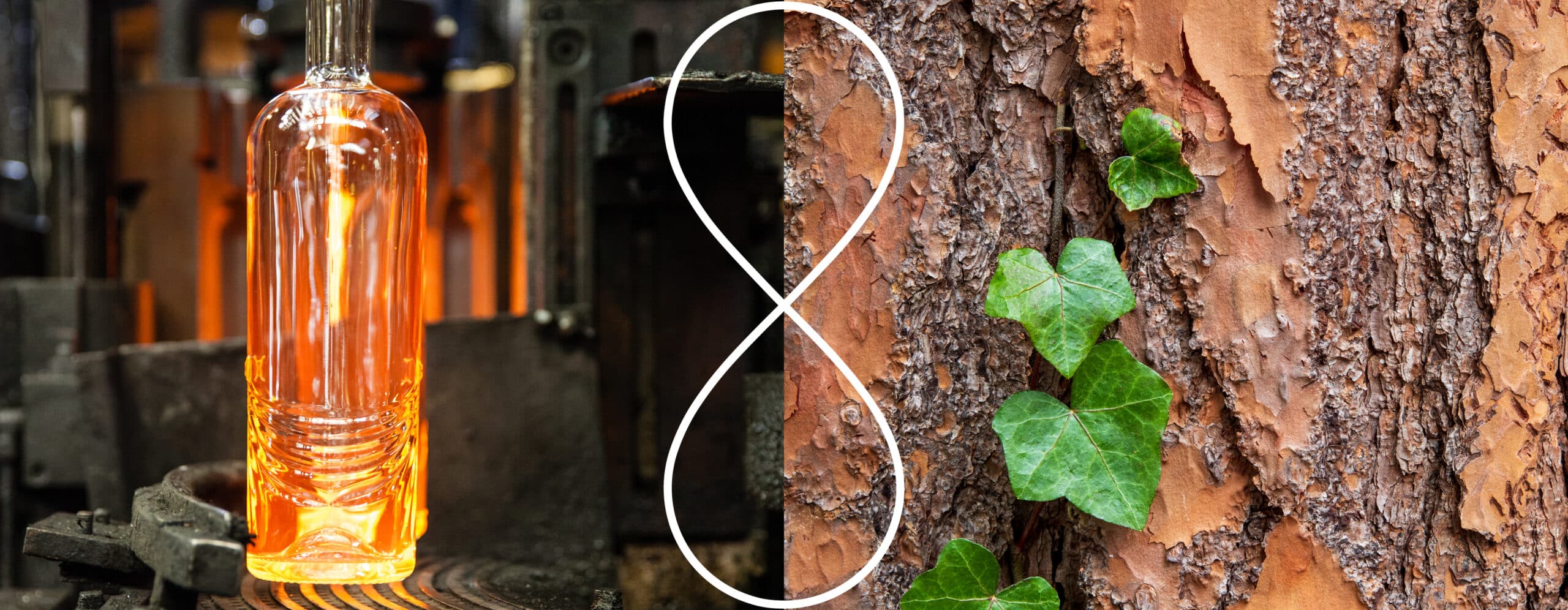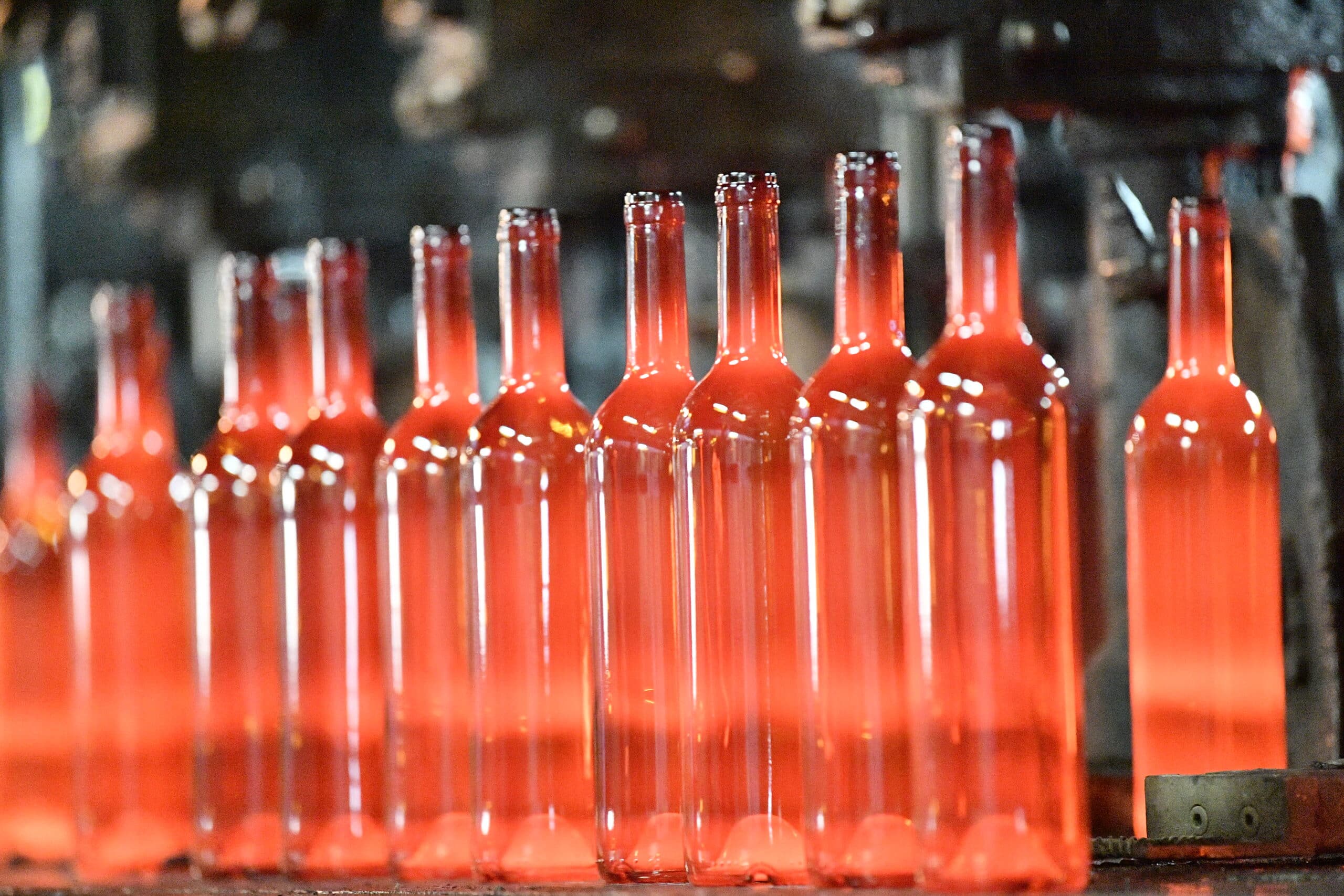Maximize the use of recycled glass (external cullet) in our products

Terms of the action or commitment
Objective: increase the rate of use of recycled glass (external cullet) in Verallia’s production worldwide to reach 66% by 2030.
Intermediate objective: increase the rate of use of recycled glass (external cullet) in Verallia’s production worldwide to reach 59% by 2025.
Make Verallia a major player in the circular economy by:
Increasing the use of recycled glass (external cullet).
In concrete terms, the use of cullet results in a 2.5% reduction in furnace energy consumption and a 5% reduction in carbon dioxide emissions for each additional 10 points of cullet. We have reached 55% in 2021 compared to 49% in 2019. Verallia is recognized for its expertise in cullet recycling. The Group currently operates 12 household glass processing centers, 9 located in Europe and 3 outside Europe (Argentina, Chile, Russia). Verallia is making long-term investments in its cullet processing centers in order to improve the processing process (better quality, higher yield, minimum waste) and thus increase its integration into production.
Contributing to household glass collection in countries where these systems are not fully developed.
Verallia is a member of FEVE (European Federation of Glass Packaging) and actively participates in the European project “Close the glass loop” which brings together all the players in the glass value chain and whose objective is to reach the rate of 90% of glass collection for recycling in 2030 (versus 78% in 2019).
In Brazil, 25% of glass is recycled, while the rate is around 78% in Europe. To increase the share of recycled glass in Brazil, Verallia is launching the Vidro Vira Vidro project in partnership with cullet producer Massfix. The pilot phase, to be launched in January 2022, will consist of the installation of more than 200 glass skips in the city of São Paulo.
Verallia is also a partner of the Ellen MacArthur Foundation
Intermediate objective: increase the rate of use of recycled glass (external cullet) in Verallia’s production worldwide to reach 59% by 2025.
Make Verallia a major player in the circular economy by:
Increasing the use of recycled glass (external cullet).
In concrete terms, the use of cullet results in a 2.5% reduction in furnace energy consumption and a 5% reduction in carbon dioxide emissions for each additional 10 points of cullet. We have reached 55% in 2021 compared to 49% in 2019. Verallia is recognized for its expertise in cullet recycling. The Group currently operates 12 household glass processing centers, 9 located in Europe and 3 outside Europe (Argentina, Chile, Russia). Verallia is making long-term investments in its cullet processing centers in order to improve the processing process (better quality, higher yield, minimum waste) and thus increase its integration into production.
Contributing to household glass collection in countries where these systems are not fully developed.
Verallia is a member of FEVE (European Federation of Glass Packaging) and actively participates in the European project “Close the glass loop” which brings together all the players in the glass value chain and whose objective is to reach the rate of 90% of glass collection for recycling in 2030 (versus 78% in 2019).
In Brazil, 25% of glass is recycled, while the rate is around 78% in Europe. To increase the share of recycled glass in Brazil, Verallia is launching the Vidro Vira Vidro project in partnership with cullet producer Massfix. The pilot phase, to be launched in January 2022, will consist of the installation of more than 200 glass skips in the city of São Paulo.
Verallia is also a partner of the Ellen MacArthur Foundation
Levers mobilized for circular economy (according to Ademe)
Implementation timeline
Starting year
2019
Ending year
2030




